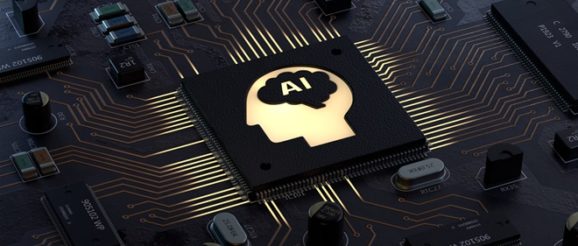AI-machine learning innovation: Virtual Humans to foldable screens, unlocking big gains for mankind – The Financial Express

 Acer last year had launched a dual-screen laptop, but new devices at CES have unity displays where the computer can turn into one giant tablet.
Acer last year had launched a dual-screen laptop, but new devices at CES have unity displays where the computer can turn into one giant tablet.In 2014, artificial intelligence (AI) first passed the Turing test—designed by English mathematician and computer science pioneer Alan Turing in 1950, to check if a machine is capable of thinking like a human. Ever since, many pieces of AI tech have successfully passed the test. With current technology evolving much faster than before, technological innovations are breaching new frontiers every day. The recent Consumer Electronic Show (CES) seemed almost like the future dragged into the present. For instance, Samsung’s NEON is a virtual human—actually, an AI chatbot with a human-like avatar that will converse with and learn from users until its ‘emotion’ and ‘intelligence’ are indistinguishable from a human’s. The world has had digital personal assistants for a long time now, but NEON, Samsung says, won’t be one; it will be a virtual human being. What need they serve is an important question. Loneliness, especially among the young, is on the rise in most of the developed world, and technology can play a role in addressing it—OECD data shows that the share of 15-year-olds that feel lonely at school rose sharply between 2003 and 2015, and in the US and UK, nearly a quarter of the adult population have reported feeling lonely or lacking companionship. Chatbots are increasingly being seen as a tool to combat depression, and the NEON avatar may do this better by acting as a friend.
Virtual humans, though, aren’t the only talking point in consumer tech. While smartphone makers unveiled foldable phones last year, Dell and Lenovo have showcased laptops that can do the same. Acer last year had launched a dual-screen laptop, but new devices at CES have unity displays where the computer can turn into one giant tablet. Still a proof of concept—and likely expensive—folding screens are going to be the next significant innovation. It also means that as technology advances, tablets are going to lose out. Like point-and-shoot cameras have become redundant with the coming of smartphones—Xiaomi last year launched a phone with 108MP camera—tablets are headed for a similar trajectory if foldable phones can host an 8-9 inch screen. The latest from Samsung’s stable has a 7.3-inch display. Although larger screens do translate into higher battery consumption, larger battery capacity would make phones clunkier. Companies, thus, will have to look for more efficient batteries as devices come equipped with more RAM and space. The highest specification in a smartphone, at 12GB RAM and 512 GB space, is already better than low-end laptops.
While smartphones are already increasingly replacing laptops, the pace is going to accelerate further. In the first quarter of 2010, 85 million PCs were sold worldwide, compared with 55 million smartphones. While analysts had predicted smartphone shipments to outstrip PC sales in 2012, this happened much earlier than expected. By the first quarter of 2011, PC shipments had fallen to 82 million whereas smartphone shipments crossed the 100-million mark. By 2018, laptop shipments at 161 million for the whole of the year were less than a tenth of total smartphone shipments. As smartphones look to consolidate the market—Samsung has been pushing DeX, which can turn it into a Windows-like OS—both laptops and tablets are going to lose out. The convergence of devices is finally coming. In the coming decade, there will be fewer screens, but reliance on technology and AI will increase. After all, if your friend and personal assistant can both reside in your phone, why look anywhere else?
Get live Stock Prices from BSE and NSE and latest NAV, portfolio of Mutual Funds, calculate your tax by Income Tax Calculator, know market’s Top Gainers, Top Losers & Best Equity Funds. Like us on Facebook and follow us on Twitter.
